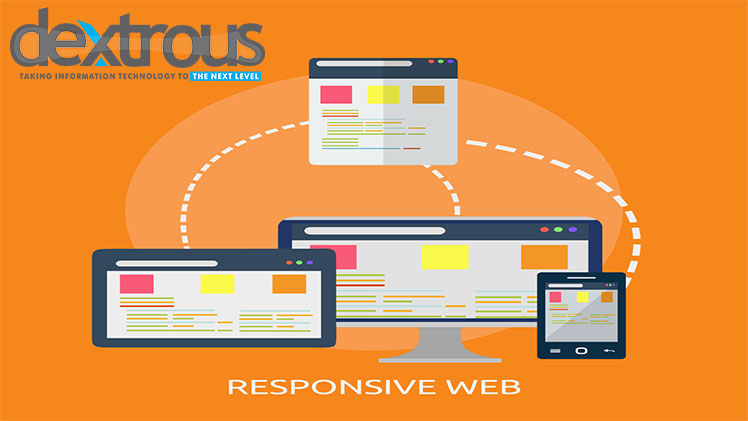The Power of Responsive Design: Creating a Seamless Experience Across Devices
Introduction: In today's digital landscape, where users access websites from various devices, responsive design has emerged as a crucial element in creating a seamless and engaging user experience. With smartphones, tablets, and desktops being used interchangeably, it's imperative for businesses to harness the power of responsive design to ensure their websites adapt flawlessly to different screen sizes and resolutions. In this blog, we will explore the significance of responsive design and its role in crafting a consistent and user-friendly experience across devices.
-
Understanding Responsive Design: Responsive design is an approach to web design that allows websites to adapt and respond to the user's device, providing an optimal viewing experience. It involves designing and coding websites in a way that fluidly adjusts the layout, content, and functionality based on the screen size, orientation, and capabilities of the device being used.
-
Enhanced User Experience: Responsive design plays a pivotal role in delivering an enhanced user experience. By dynamically adapting the website's layout and content to fit different screens, users can effortlessly navigate and consume information without the need for excessive scrolling, zooming, or resizing. A seamless user experience across devices boosts engagement, reduces bounce rates, and increases the chances of conversions.
-
Mobile-Friendly Approach: With the increasing dominance of mobile devices, responsive design is crucial for catering to the growing mobile audience. Mobile-friendliness is not just about having a responsive layout; it encompasses considerations such as touch-friendly interactions, optimized loading speed, and streamlined navigation. By embracing a mobile-first approach, businesses can ensure their websites provide a smooth and intuitive experience on smartphones and tablets.
-
Consistency in Branding and Messaging: Responsive design enables businesses to maintain a consistent brand image and messaging across different devices. Whether a user visits the website on a desktop, tablet, or smartphone, they should encounter a cohesive visual identity and a unified message. This consistency strengthens brand recognition and establishes trust with users, regardless of the device they use to access the website.
-
Improved Search Engine Optimization (SEO): Responsive design positively impacts search engine optimization efforts. Search engines, like Google, prioritize mobile-friendly websites in their rankings, considering factors such as mobile usability and page load speed. By implementing responsive design, businesses can enhance their chances of appearing higher in search engine results pages, driving organic traffic and improving their online visibility.
-
Cost and Time Efficiency: Developing and maintaining separate websites for different devices can be time-consuming and costly. Responsive design eliminates the need for multiple versions of the same website, as it adapts to different devices automatically. This streamlined approach reduces development time, maintenance efforts, and associated expenses, making it a cost-effective solution for businesses.
-
Future-Proofing Your Website: Responsive design future-proofs your website by ensuring it remains compatible with new devices and screen sizes that may emerge in the future. As technology evolves, new devices with varying dimensions will continue to enter the market. By investing in responsive design, businesses can adapt to these changes seamlessly and deliver a consistent experience to users across all devices.
-
Testing and Optimization: To ensure the effectiveness of responsive design, thorough testing across different devices and screen sizes is crucial. Regular testing helps identify any layout inconsistencies, content overlapping, or functionality issues that may arise on specific devices. Continuous optimization based on user feedback and analytics data enables businesses to refine their responsive design and provide an even better user experience over time.
Conclusion: The power of responsive design lies in its ability to create a seamless experience for users across devices, enhancing engagement, brand consistency, and search engine visibility. By embracing responsive design principles, businesses can cater to the diverse needs of their audience, adapt to evolving technology, and remain competitive in the digital landscape.






.jpg)



















0 Comments:
Leave a Reply